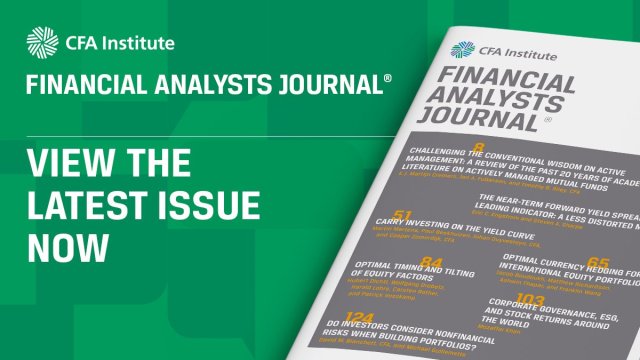[ad_1]
Value investing comes in many flavors.
The Graham and Dodd approach out of Columbia Business School focuses on earnings power value. The more traditional variety — the staple of business school finance courses — discounts cash flows. “Back-of-the-envelope” strategies rely on multiples comparisons based on price-to-book, price-to-earnings, dividend yield, and enterprise-value-to-EBITDA, among so many other metrics.
While value is geared more toward out-of-favor investments, it is flexible enough to incorporate equities in the growth-style box, as growth at a reasonable price (GARP) approaches demonstrate.
All of these methods seek to identify the intrinsic or fair value of what a security’s price should be versus how it is priced in a market of varying volatility and liquidity.
Optionality above Intrinsic Value
One often overlooked tool in the value investor’s toolkit is the optionality above the intrinsic value. Why do value investors so rarely write calls on their long positions?
If a value investor sells an equity when it reaches or exceeds its intrinsic value, why wouldn’t they exercise a call option to sell off that upside now? After all, the long position will be sold anyway.
Our value portfolio contains a basket of 20 to 30 securities rebalanced semi-annually or annually. We write calls with strikes as close as possible to our estimate of intrinsic value per share, rounding higher when needed. Expirations range from six months to one year. These calls tend to be out of the money with strike prices within 15% to 30% of the current market price.
We typically are out of the money in the calls we write by roughly what value investors would consider the margin of safety.
After running this type of simple overlay for three years, we find that about two out of every 10 of our calls are exercised. Moreover, the premium from these calls adds about 100 basis points (bps) or more to our annual returns.
If we value a stock at $55 a share when it is priced at $49 (Wells Fargo on 16 January 2019), there is a margin of safety of about 11%, so we could write a call at $55/share strike for one of the longest call options available. The January 2021 call options at $55 could be written at about $1.30 per contract. Here the premium potential would be nearly 2.8%, or $1.30/$49.
While the maximum return potential, excluding dividends, within the year would be 13.8% — and 17.7% with a trailing dividend yield of 3.9% — it would have only been 11% if there was a rule to sell the stock at $55.
What’s a Value Investor to Do?
Many value investors believe they need to let their winners ride, even when they exceed their estimated value. Indeed, perhaps some of the observed value premium of the past relies on the full spectrum of returns, including those that beat investors’ collective estimates. Writing calls on stocks with high margins of safety is one way to retain much of the upside such that there are handsome holding period returns before a written call is ever exercised.
Call writing on stocks may seem like a value-added proposition in today’s presumed low-rate, low-return environment. The “giveaway” of the call may not feel as material if the stock doesn’t look likely to reach its out-of-the-money strike price.
But we’ve found it can add a small amount of incremental return to stock positions that we would otherwise sell.
If you liked this post, don’t forget to subscribe to the Enterprising Investor.
All posts are the opinion of the author. As such, they should not be construed as investment advice, nor do the opinions expressed necessarily reflect the views of CFA Institute or the author’s employer.
Image credit: ©Getty Images/Patchakorn Phom-in
[ad_2]
Image and article originally from blogs.cfainstitute.org. Read the original article here.


